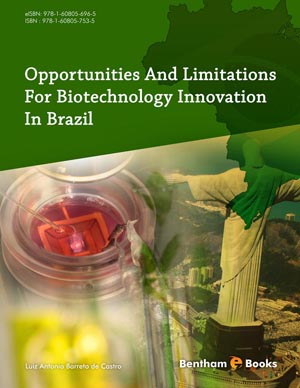Abstract
Soybean (Glycine max L.) is one of the most important leguminous crop plants worldwide. A lot of attention has been focused on soybean cultivation in South Africa. Its production is affected by several biotic and abiotic stress factors which reduce the yield and quality of the crop. The aim of this study was to evaluate drought tolerance in South African soybean cultivars that have the potential for cultivation in areas where water is a limited resource. Six South African (LS677, LS678, Mopani, Sonop, Knap and Pan1564) and two American (R01416 and R01581) cultivars were carefully studied for morphological and physiological markers using a greenhousebased study in a randomised block design. The results showed that several morphological (stem length, leaf area, flowers, and seeds) and physiological (chlorophyll, moisture content, phenolics, flavonoids, ureide content and antioxidant activity) parameters were affected by drought stress. However, cultivars with high phenolic and flavonoids content were associated with high antioxidant activity and slightly increased their yields than other varieties. The anatomical analysis also showed some interesting differences in response to reduced water treatment, with the sizes of vascular tissues and sclerenchyma tissues decreasing under drought stress. In conclusion, this study indicated that reduced stem length and inability to reduce leaf area by soybean plants could lower plant growth and yield response under drought stress. In addition, increased chlorophyll and secondary metabolite content can improve soybean growth under limited water conditions.
Keywords: Anatomy, Antioxidant activity, Chlorophyll, Morphology, Phenolics, Soybean, Total flavonoids.












